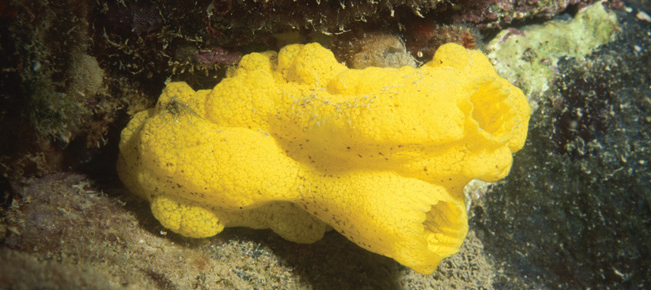News
The Natural Products Repository:
A National Drug Development Resource
NCI's Natural Products Repository, a rich resource for potential anticancer agents, is experiencing a renaissance, according to two NCI-Frederick program leaders, David Newman, Ph.D., and Kirk Gustafson, Ph.D.
"In the 1990s a great deal of attention was focused on new combinatorial approaches for generating large libraries of synthetic compounds," said Gustafson, Natural Products Chemistry Group Leader in CCR's Molecular Targets Development Program (MTDP) at NCI-Frederick. "The reality is, after 10 years, people were finding very few useful compounds in these synthetic libraries." Of about 155 small-molecule anti-tumor agents, 47 percent are natural products, derivatives of natural products, or mimics of natural products, including Gleevec and the other kinase inhibitors.
"Pharmaceutical companies dropped off of natural products, and we didn't," said Newman, Chief of the Natural Products Branch in the Developmental Therapeutics Program (DTP) at NCI Frederick. NCI has the largest program to collect materials worldwide from marine, plant, and microbial sources. More than 200,000 natural products, both organic solvent and aqueous extracts, are available to internal NCI scientists and the extramural community. Any group that wants to develop a compound must sign a non-negotiable materials transfer agreement that protects the rights of the original source country.
The DTP works closely with CCR. "We collect materials and following purification (often by the MTDP) develop them up to Phase II clinical trials," Newman said. The MTDP also collaborates with other CCR investigators to develop molecularly targeted screens to test these extracts. MTDP scientists can go on to isolate and identify active materials and, if they look interesting, DTP can coordinate early animal studies, recollection, and resupply—which is not a trivial step—and then feed them into a complete development pipeline.
"If Kirk needs more material, we find it," Newman said. He has collection contracts with a marine collection group in Palau in the Pacific and also has contracted botanists who collect in rainforests.
The scientists have most recently been exploring compounds found in Australian marine sponges and the microorganisms that live symbiotically with these marine animals. Often the microbes carry the biosynthetic genes for producing the active compound found in the animal. Researchers have been using genomic techniques to fish out the relevant gene clusters from the microbes. Since culturing these microorganisms is often difficult, tremendous possibilities lay in capturing the biosynthetic machinery and putting it into an organism that researchers can culture and control— for example, yeast, or other single-celled organisms. "We're on the cusp of being able to do that," Gustafson said. "Our knowledge base is expanding rapidly and tools are getting better."

Some 200,000 extracts from terrestrial and marine species around the globe, such as the sponge Phallusia julinea, have been collected by the Natural Products Repository and archived in its facility at NCI-Frederick.










